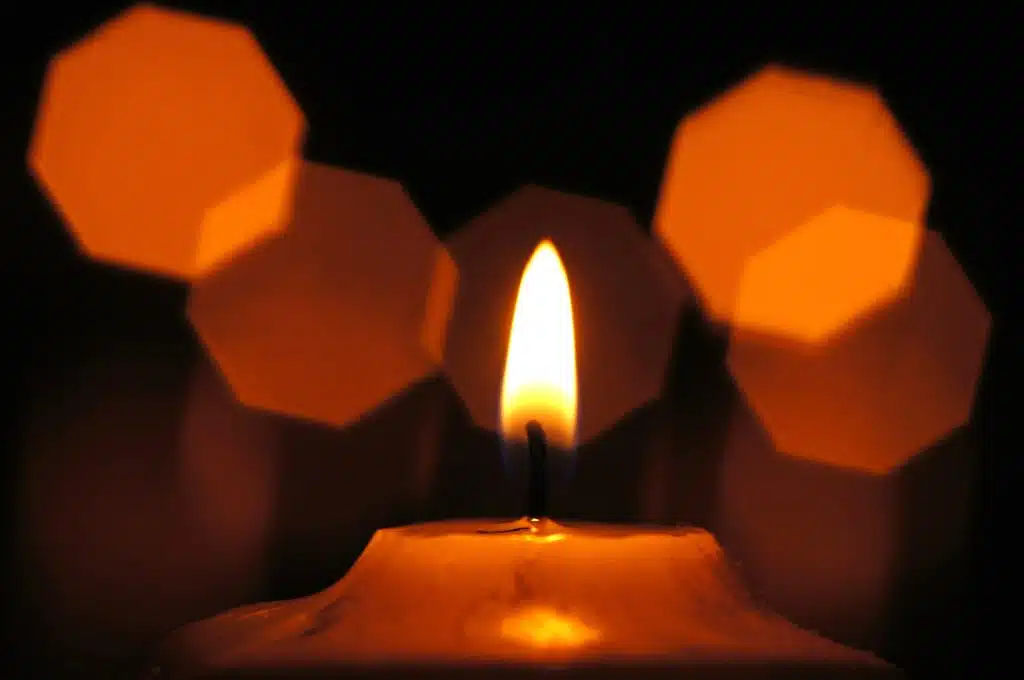
Author: Sarah Templer
The word “aphrodisiac” often brings several things to mind: softly candlelit rooms, red wine, resonant saxophone, slow dancing. The term “aphrodisiac” is defined as “a food, drink, or drug that stimulates sexual desire” or “a thing that causes excitement.” However, I would stipulate that the function of aphrodisiacs on a deeper level is to connect a person with their body, sensory experience, and sense of pleasure or desire in general. In this way, aphrodisiacs and embodiment are intricately connected, and getting the most out of aphrodisiac substances and activities depends greatly on how able and willing we are to connect with our bodies in daily life. The term “embodiment” refers to a feeling state characterized by harmonious coherence between one’s mind (thoughts), body (sense perception), and spirit (connection) – the optimal “flow” state.
In herbalism, the label “aphrodisiac” for certain plants can be obscure. It is a loose category and highly subjective. I find it more helpful and practical to think about some of the herbal actions that might contribute to a particular plant’s aphrodisiac potential – some of the characteristics and herbal actions that I include here are: euphoric nervines, antispasmodics, anxiolytics, antidepressants, circulatory stimulants, and heart openers. If an herb satisfies two or more of these descriptions, I believe it can be used as a foundation in deepening a person’s sense of safety and presence in their physical body which then provides the basis for experiencing pleasure and desire further on.
How does this work?
Euphoric nervines, such as Damiana (Turnera diffusa), assist us in reaching a feeling of joy, ease, delight, and relaxation. Damiana is also a specific for stimulating pelvic blood flow, which is an additional reason it has been popularized as an “herbal aphrodisiac.”
Antispasmodics, such as White Peony (Paeonia lactiflora), help to relax our muscles and relieve physical tension in the body. This can reduce any pain or inflammation that prevents us from accessing pleasure and will allow us to be more receptive.
Anxiolytics and antidepressants, such as Kava (Piper methysticum), can support our desire to connect with others and facilitate our ability to stay present in social conversations and activities. In addition to being a wonderful ally for nervousness around new people and gatherings, Kava also has antispasmodic qualities which also help relieve muscle tension.
Circulatory stimulants, such as Cinnamon (Cinnamomum sp.), are generally warming and gently stimulating herbs that promote blood flow. In addition to having this quality, Cinnamon is also a commonly used kitchen spice and can bring up pleasant feelings of nostalgia and comfort.
Heart openers, such as Rose (Rosa sp.), have been classically used in romantic settings for thousands of years. In addition to being fragrant and visually beautiful, the Rose flower is a lovely ally for connecting to the heart space, and can encourage feelings of forgiveness, tenderness, sensitivity, and gratitude.
In addition to creating a foundation for more obvious aphrodisiac effects, these plants are also immensely valuable for any individual who is working on reconnecting with the body after experiencing dissociation, physical or emotional trauma, or creative blockages. When using these herbs either alone or in formula, it can be helpful to incorporate additional practices that act as physical anchors; yoga, swimming, dancing, and cooking are some ideas. Overall, increasing our body-awareness will benefit self-esteem, intuitive clarity, ability to empathize, and our interpersonal relationships in more ways than one.
Join Sarah on December 13th at CSCH, in person or online, from 6-8 p.m. for her class, Aphrodisiacs and Herbs for Deeper Embodiment.
